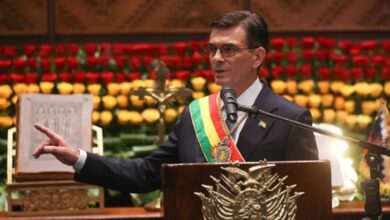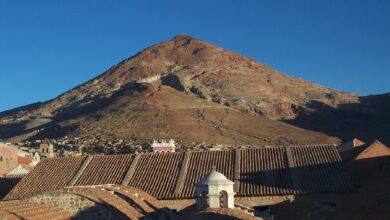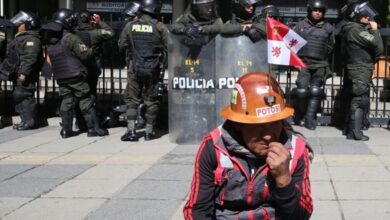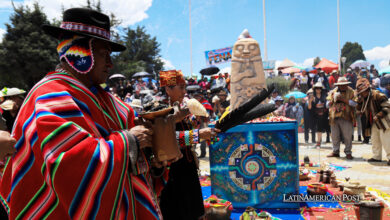Bolivian Students Forge Lithium Dreams into a Home‑Built Electric Car
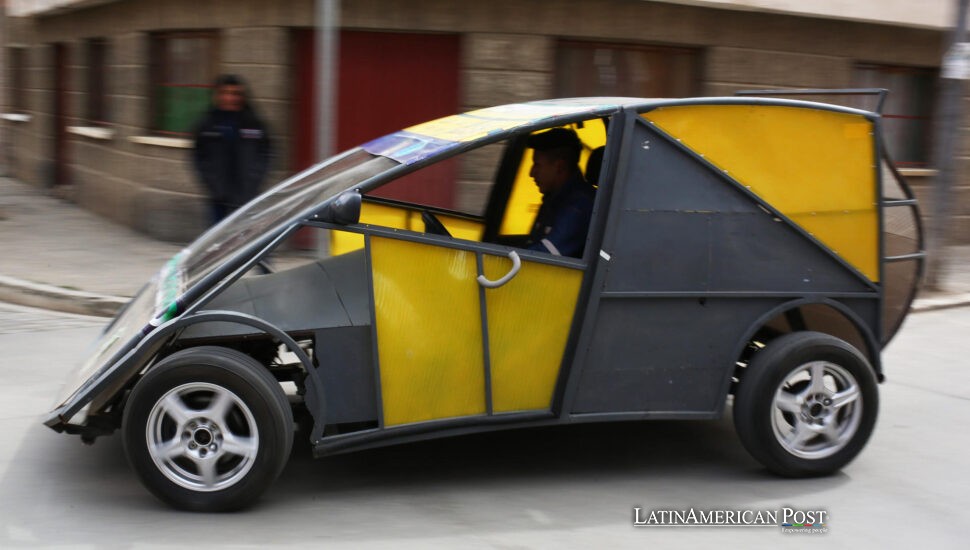
On a high plateau where gasoline is scarce and lithium is abundant, a team of Bolivian engineering students has built a fully electric car using a homegrown battery. It’s more than a prototype—it’s a quiet rebellion against dependence and delay.
From Soldered Wires to a Bolivian Battery Pack
The Katari MRC5 doesn’t look like much at first glance. A compact two-seater with salvaged body panels and the hum of a golf cart, it’s what’s under the hood—and behind the soldering iron—that makes it remarkable.
Named after Túpac Katari, the Indigenous rebel who besieged colonial La Paz in 1781, this fifth-generation prototype was built by students from the Public University of El Alto (UPEA). Earlier versions ran on salvaged batteries and solar panels from rooftops. But this year, for the first time, the team secured two lithium battery packs from Yacimientos de Litio Bolivianos (YLB)—Bolivia’s state-run lithium company.
“We’re running stress tests—charging, discharging, seeing how it performs climbing hills,” explains Elías Choque, the project’s faculty advisor. While official specs remain under wraps, Choque says the battery promises up to 12 hours of autonomy depending on terrain. That’s not trivial, especially at over 4,000 meters above sea level, where thin air reduces drag and electric systems behave differently.
Researchers at the Universidad Mayor de San Andrés in La Paz have called the target range “ambitious but plausible” for a lightweight, 350-kilogram chassis. But here, ambition is the point.
This isn’t just about building a car. It’s about building proof that Bolivia’s lithium wealth can fuel its future, not just Chinese, German, or American industries.
What It Takes to Build a Car Without a Car Industry
Bolivia doesn’t have an auto-manufacturing base: no plants, no parts chains, no test tracks. What the Katari team had instead was a junkyard and imagination.
The steering column and seats came from a wrecked Toyota. The body panels? Recycled aluminum. The frame was welded from discarded water pipes. Students relied on open-source CAD software because commercial licenses were simply out of reach.
“It was all trial and error,” says Walter Canaza, a technician who helped supervise the two-year project. “We burned out boards. We improvised a wind tunnel using incense sticks. But we learned more than any classroom could offer.”
For María Luz Luque, one of several female engineering students on the team, the process wasn’t just technical—it was transformative. “Before this, electric vehicles were just something I watched on YouTube,” she says. “Now I understand every wire, every part of the battery management system.”
Their Saturday testing runs took place on the ring road that circles El Alto, one of the highest cities in the world. Altitude wasn’t the only challenge—so was skepticism. Many passersby laughed. “No one believed we’d make it out of the garage,” Canaza says.
Now, no one’s laughing.
Lithium Dreams in a Petrol-Short Country
Bolivia holds the world’s largest estimated lithium reserves—about 23 million tonnes, mostly beneath the shimmering salt crust of the Uyuni Salt Flat. And yet, it imports diesel and gasoline, often at high cost. Fuel shortages have led to long queues and rationing since 2025.
President Luis Arce has called lithium the “strategic mineral of our century” and inked deals with Chinese and Russian firms to build cathode and carbonate plants. Still, experts like Diego von Vacano, an energy economist at Texas A&M, warn that simply exporting raw brine will not transform Bolivia’s economy.
“What creates value is not extraction, it’s integration,” von Vacano says. “If Bolivia builds a domestic battery and EV ecosystem, it keeps the value chain local.” And that means trained workers.
The Katari project, he notes, is a living supply chain in miniature. Every student who calibrates a battery pack or rewrites firmware becomes part of a workforce Bolivia doesn’t yet have—but will need.
Meanwhile, back in El Alto, Choque and his students talk about the project with a mix of pride and urgency. “We can’t wait for Detroit or Shanghai to teach us,” he says. “We have to build our knowledge, right here.”
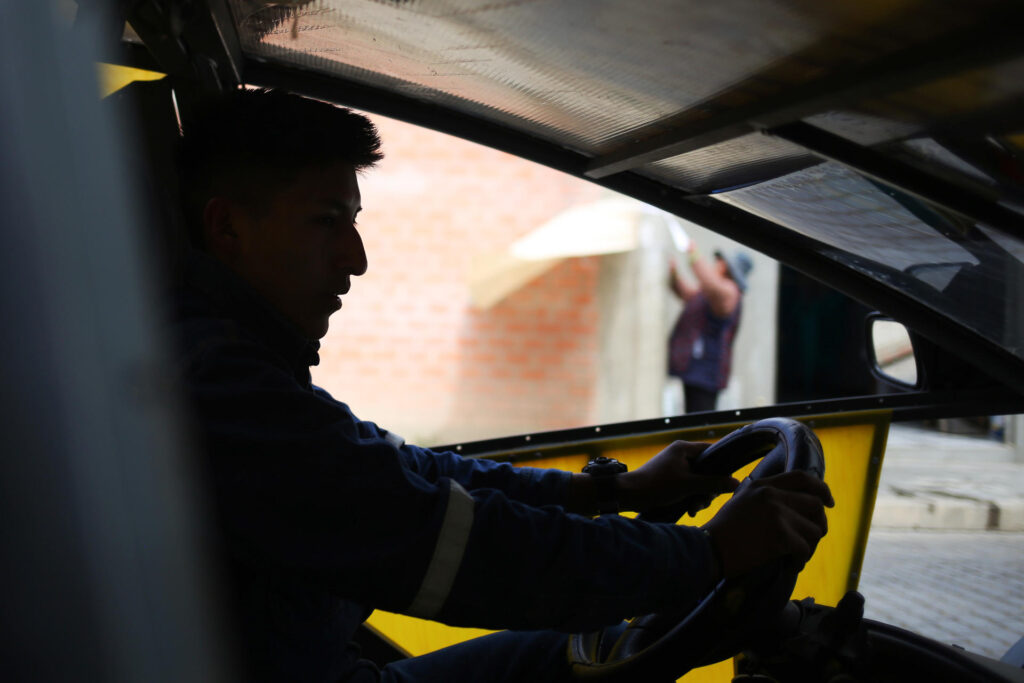
The Road to Oruro: A Test with History
Later this year, the Katari will face its ultimate test: a 226-kilometer climb to Oruro via Bolivia’s National Route 1. The drive will take the car from La Paz’s canyon floor, over icy Andean passes, and into the mining heartland.
Canaza expects the high-altitude climb to drain the battery faster than lab tests suggest. But he’s just as curious to see how well the regenerative braking holds up on the descent. One bad calculation could fry the system—or validate it under real-world pressure.
Route 1 is more than asphalt. It follows the old rail lines that once carried Bolivia’s tin and silver booms—wealth that left little behind in terms of tech or training. A successful EV run would rewrite that story: from exporter of raw materials to creator of working machines.
“The goal isn’t just to get to Oruro,” Luque says. “It’s to prove we can design, build, and run a lithium car in Bolivia, for Bolivia.”
Choque agrees but adds a note of caution. “Electric vehicles will raise new challenges—grid capacity, cybersecurity, environmental impact. Our students have to lead those conversations, not just watch them on foreign screens.”
In Uyuni, tourists take selfies in the mirror-flat salt lake, oblivious to the bulldozers carving evaporation ponds nearby. Eight hundred kilometers north, in a UPEA garage above the clouds, a scrappy prototype quietly prepares to turn mineral promise into motion.
The Katari MRC5 may not look like a revolution. But with every welded frame and calibrated cell, it whispers a future Bolivia has long dreamed of—one where the country doesn’t just ship its resources out, but drives them forward.
Also Read: India’s Latin America Pivot Blends Lithium, Code, and a Soft Power Challenge to China and the U.S.
Credits: Based on reporting by EFE; interviews with Elías Choque, Walter Canaza, and María Luz Luque at the Public University of El Alto (UPEA); lithium industry context from Diego von Vacano (Texas A&M University); technical analysis from Universidad Mayor de San Andrés and the Journal of Rural Studies.


